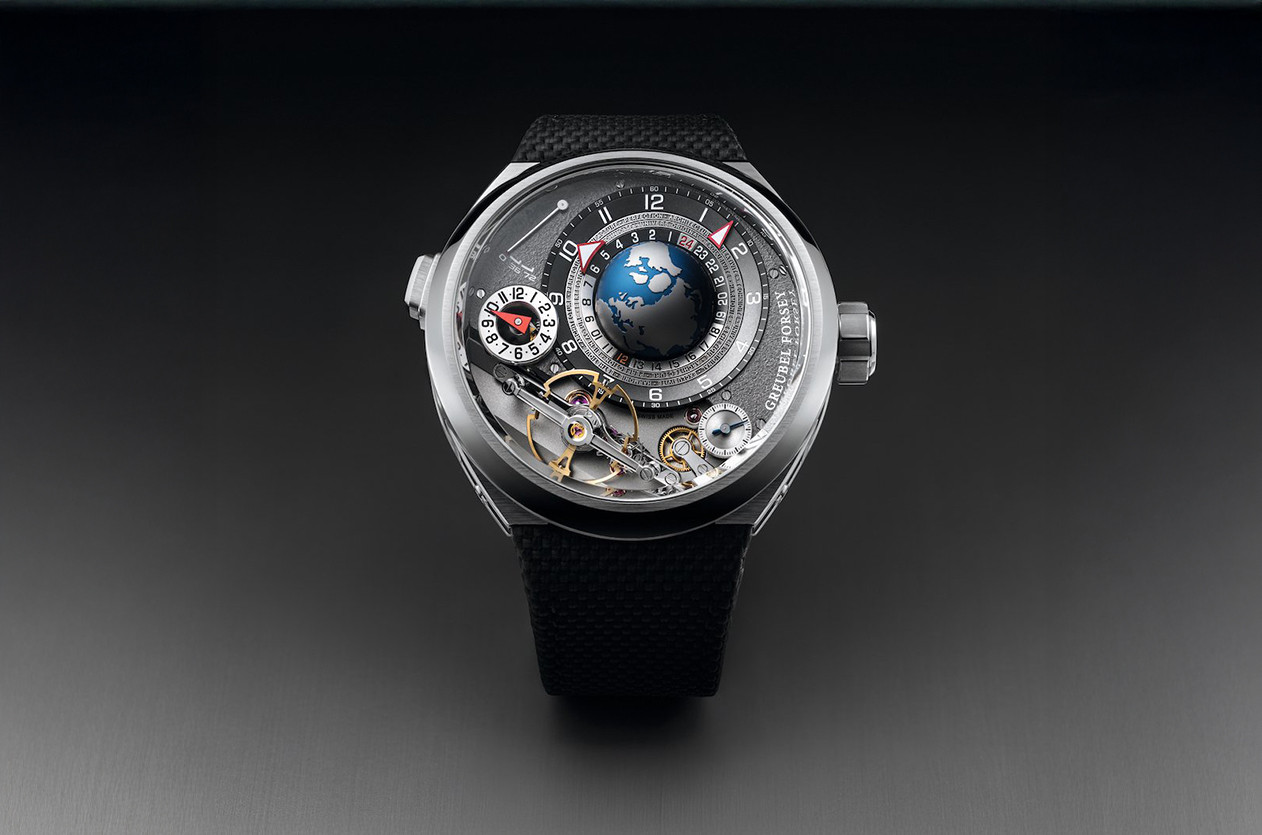
Introducing Greubel Forsey Unveils The New GMT Balancier Convexe
Welcome to the hub of the horoloy
An oscillator refers to a key component of the watch's timekeeping mechanism that generates a regular and precise oscillation or vibration. The oscillator is responsible for providing the reference frequency or beat rate, which determines the accuracy of the watch's timekeeping.
Traditionally, mechanical watches utilize a balance wheel and hairspring as the oscillator. The balance wheel is a weighted wheel that swings back and forth, while the hairspring acts as a restoring force, regulating the speed of the balance wheel's oscillations. The balance wheel and hairspring assembly is often referred to as the balance wheel system.
In modern quartz watches, an electronic oscillator called a quartz crystal resonator is used. A tiny piece of quartz crystal is cut and shaped to vibrate at a precise frequency when an electric current is applied. These vibrations are converted into electrical signals and used to regulate the timekeeping of the watch.
In both mechanical and quartz watches, the oscillator's regular oscillations provide the basic unit of time measurement, which is divided into increments to display the hours, minutes, and seconds. The accuracy of the oscillator determines the watch's ability to keep time reliably, with higher frequency oscillators generally associated with increased precision.


Editorial U.S. Tariffs and the Dollar Rate, A New Challenge for the Swiss Watch Industry

News Dubai Watch Week 2025 Will Be the Largest Ever with 90 Brands Participating

Auction Phillips Achieves CHF 43.4 Million at the Geneva Watch Auction XXI

Technical The Frequency, Why It Matters in Mechanical Watches

Editorial Exploring the Distinctive Charm of Regulator Watches

Summary Manuel Emch, Waqt’s Personality of the Year 2024